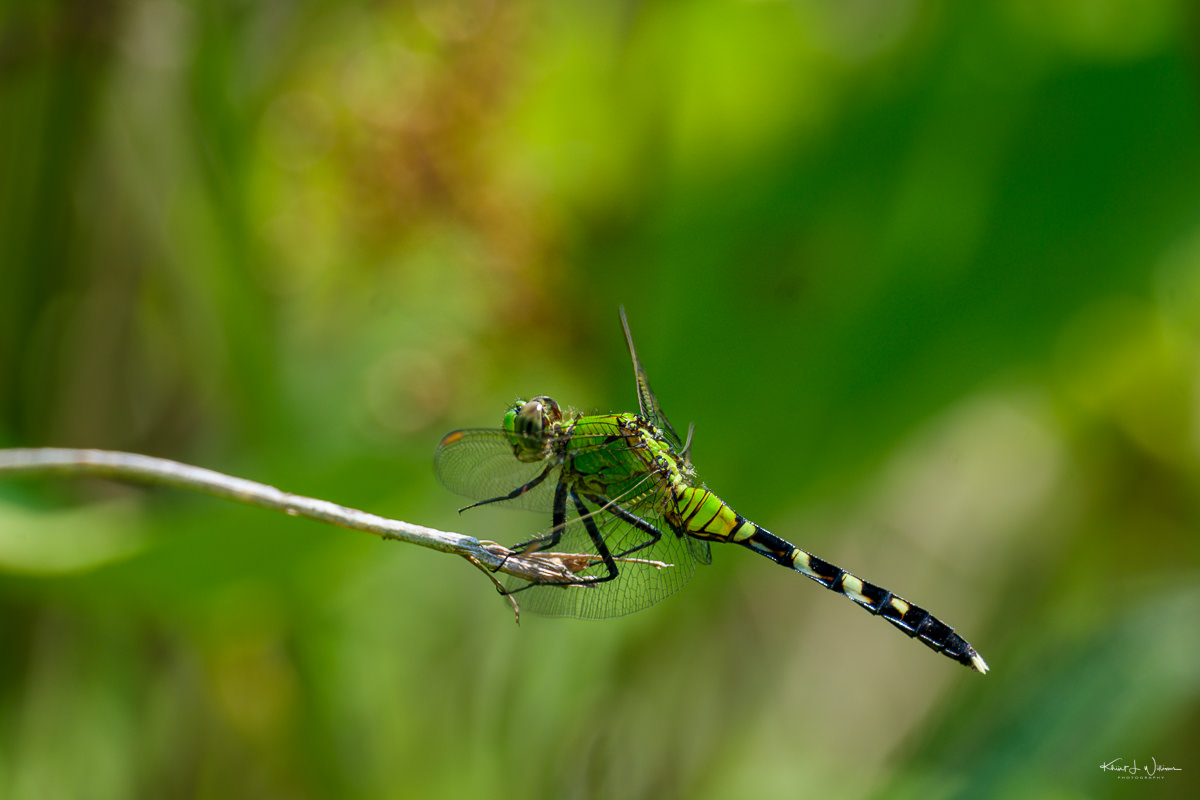I must admit that my knowledge about dragonflies and damselflies is limited. The photograph was captured near the end of a meadow walk at Bowman’s Hill Wildlife Preserve in New Hope, Pennsylvania. It was a hot and humid mid-morning, and the tour was ending. I had swung my XF150-600mmF5.6-8 R LM OIS WR to a flower in the meadow, and in seconds, the dragonfly had landed.
While I’ve noticed some beautiful dragonflies buzzing near Van Horne Park and Skillman Park in Montgomery Township, they were always too quick for me to get a good shot. Not this time! I was ready with my camera, and luck was on my side as this dragonfly decided to pose for me right before the lens.
It's funny how sometimes you try to get a certain shot, and it just doesn't happen. But then, when you least expect it, bam! I guess that's one of the things about photography – you never know what surprises nature has in store for you. Sometimes, it's about being at the right place and time, and I lucked out during this meadow tour.
After researching online, I was confident that the dragonfly in my photograph was most likely a Brook Snaketail (Ophiogomphus aspersus). However, after posting the photograph to Friends of Homegrown National Park Pennsylvania Facebook group, I realised I was mistaken. Two group members identified the dragonfly in my photograph as Eastern Pondhawk (Erythemis simplicicollis).
Eastern Pondhawk dragonfly is native to a large region, encompassing the eastern two-thirds of the United States and southern Ontario and Quebec in Canada, to the eastern parts of the Caribbean, including the Bahamas, the West Indies, Mexico, and even Central America, reaching as far south as Costa Rica. Due to its widespread presence and abundance, the International Union for Conservation of Nature has classified this species as of "least concern," meaning it faces no imminent threat of extinction.
The Eastern Pondhawk thrives in the tranquil waters of ponds and other stillwater bodies, making it a common sight in these habitats. Interestingly, when newly emerged, the dragonflies initially hunt away from water, returning to the ponds after approximately two weeks.

